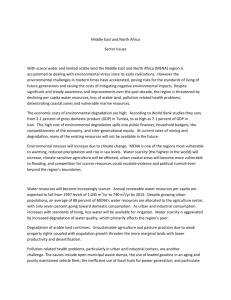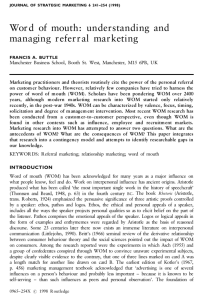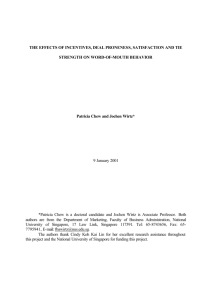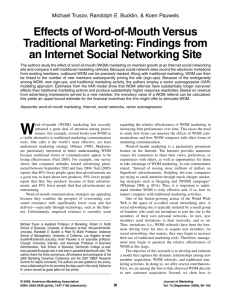polb23958-sup-0001-suppinfo
advertisement
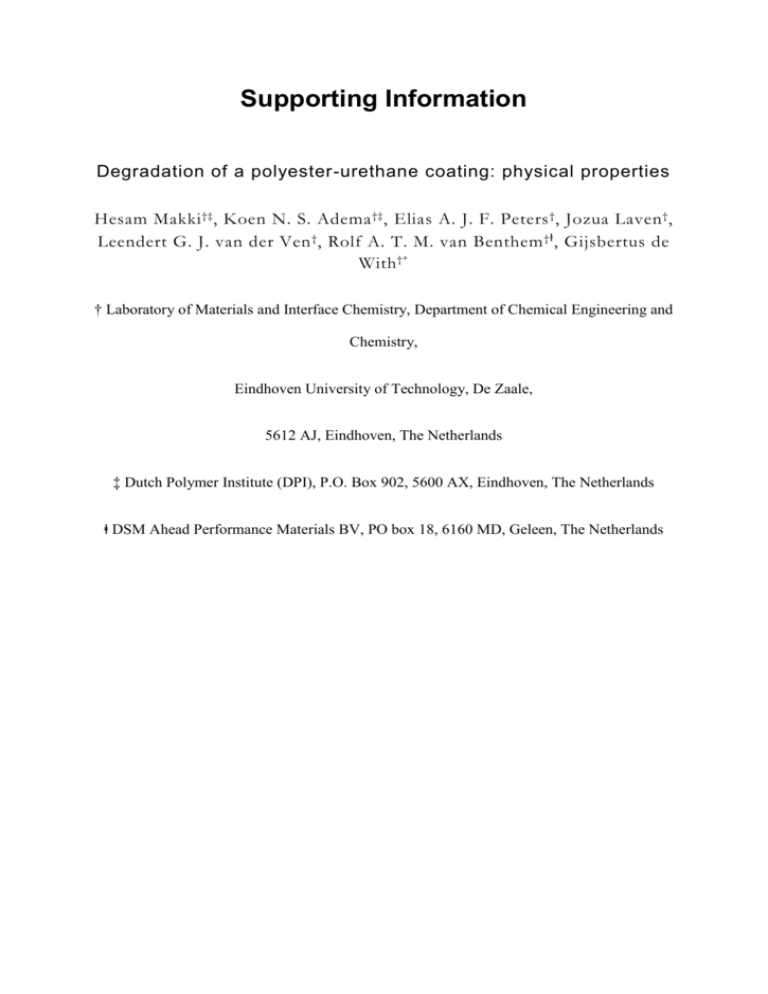
Supporting Information Degradation of a polyester-urethane coating: physical properties Hesam Makki †‡ , Koen N. S. Adema †‡ , Elias A. J. F. Peters † , Jozua Laven † , Leendert G. J. van der Ven † , Rolf A. T. M. van Benthem † ⱡ , Gijsbertus de With †* † Laboratory of Materials and Interface Chemistry, Department of Chemical Engineering and Chemistry, Eindhoven University of Technology, De Zaale, 5612 AJ, Eindhoven, The Netherlands ‡ Dutch Polymer Institute (DPI), P.O. Box 902, 5600 AX, Eindhoven, The Netherlands ⱡ DSM Ahead Performance Materials BV, PO box 18, 6160 MD, Geleen, The Netherlands 1 - FTIR results and Hydrogen Bonding A significant increase in the O-H vibration (3200 – 3400 cm−1) as a result of degradation under aerobic condition is observed in the FTIR spectra, see Figure SI-1a. However, as can be seen in this figure, the formation of hydroxyl groups is negligible in case of degradation under anaerobic conditions. A similar trend can be found for the -COOH groups (consider the area under the curve), but also note that the increase is not as significant as for the -OH groups. There is no experimental proof that more H-bonds were established between the -OH and -COOH groups, but it is a likely scenario. As a result, we may have more H-bonds acting as alternative crosslinks within the system, thereby stiffening this polymer coating. The FTIR band at about 1726 cm−1 corresponds to intermolecular bonded -COOH groups, while the peak at about 1705 cm−1 corresponds to intramolecular bonded -COOH groups. There are significantly more intramolecular H-bonds between -COOH groups after degradation. These intramolecular H-bonds are actually very strong, which is reflected by their role in enhancing the Tg1 and Young's modulus2. In case there are many of these strong H-bonds, this not only compensates for the reduction in cross-linking density, but also leads to an increased modulus (in the glassy state) and a higher Tg. Figure SI-1. a) Concentration of hydroxyl groups and b) the shift in carbonyl vibration for samples degraded in the Suntest air and nitrogen cells. 2 - TGA measurements TGA measurements are performed for the virgin material and the longest weathered samples in the Suntest machine under aerobic and anaerobic conditions. The measurement started with equilibration at 25 ᵒC and thereafter heating the sample with a ramp of 5 ᵒC/min until 400 ᵒC. We plotted the weight loss as a function of temperature in figure R-2. Figure R-2b is the magnified version of the same measurement and as can be seen, the 95% weight loss occurs at around 298 ᵒC, 279 ᵒC and 219 ᵒC for the virgin, the Suntest nitrogen and the Suntest air samples, respectively. No features (step changes) are observed in the weight loss as a function of time, as may have been expected, since we have a pure organic coating without any additives and by degradation a wide spectrum of photo-degraded products is formed, each with (normally) a wide temperature range of weight loss so it is not possible to distinguish them with TGA. Figure SI-2. Weight loss as a function of temperature for the virgin and degraded coatings under aerobic and anaerobic conditions for 6500 hr. 3 - Width of glass transition Figure SI-3 shows the trend in the width of glass transition region measured by means of DMA and MDSC methods. As can be seen, in both cases the widening of the transition is more pronounced for the samples degraded under aerobic conditions. Note that for DMA the width of transition is represented by the width of the tan δ peak at the half of the maximum of the peak, while for MDSC measurements it is considered as the difference between the onset and offset of the reversible heat flow curve as a function of temperature. Figure SI-3. Width of Tg measured by DMA and MDSC method. The lines are polynomial fits on the data. 4 - Tg of WOM samples As mentioned in the manuscript, the peak of tan δ (Figure 2, left) and the MDCS result of WOM samples (Figure 7) show different trends for Tg as a result of degradation. This apparent contradiction might question the reliability of the measurements; however, by comparing the peak of loss modulus and the peak of tan δ obtained from a single DMA measurement, one can clarify this mismatch. Figure SI-4 shows the peaks of loss modulus (left) and tan δ (right) for WOM samples at different exposure times. As can be seen, different trends for Tg can be obtained from one measurement by using different quantification methods. As explained in the manuscript, these apparent differences are due to the fact that the Tg of a polymeric material characterizes a rather wide range in temperature (relaxation times) and each quantification method characterizes the transition in a different way. Moreover, degradation influences each part of this transition in a different manner by producing different types of photo-degraded products and hence different quantification methods yield different answers. Figure SI-4. Eʺ (left) and tan δ (right) as a function of temperature for WOM samples. 5 - References 1. Lutkenhaus, J. L.; Hrabak, K. D.: McEnnis, K.; Hammond, P. T., J. Am. Chem. Soc., 2005, 127 (49), 17228-17234. 2. Xiang, F.; Ward, S. M.; Givens, T. M.; Grunlan, J. C., ACS Macro Lett., 2014, 3 (10), 10551058.






